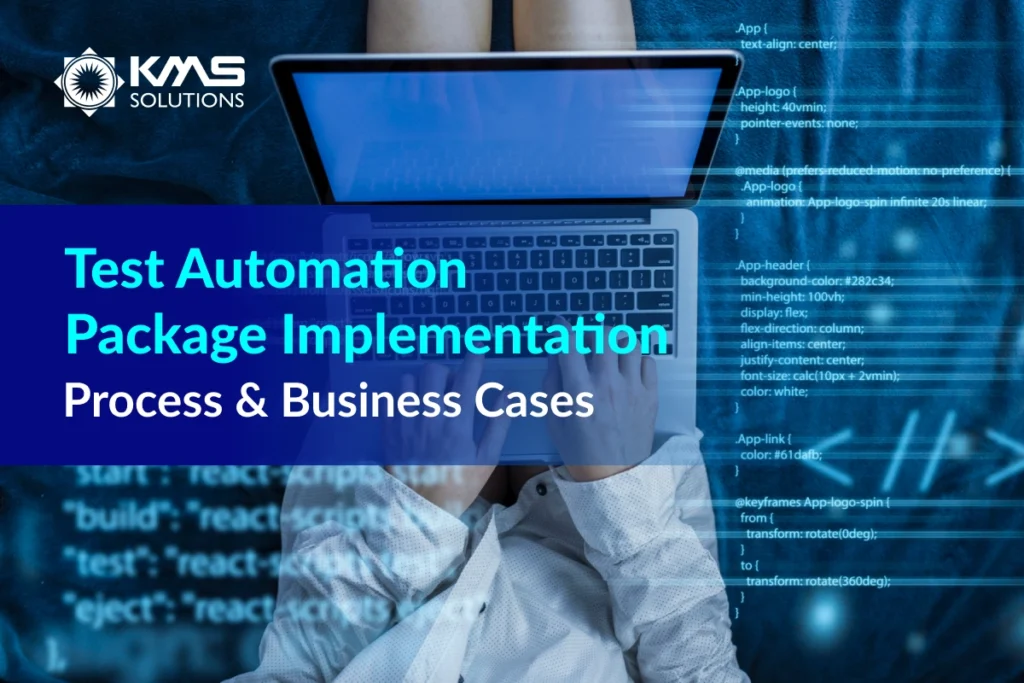Against the backdrop of the ever-competitive market, data analytics comes in to take the central role in the decision-making process across enterprises. Top executives have learned that it is now more imperative than ever to proactively employ data specialists armed with sophisticated analytics tools in place, either through in-house recruiting or outsourcing, to make sure that not a bit of valuable data is left untouched.
What is data analytics?
At its most fundamental level, data analytics seeks to collect, combine, study, and make sense of raw data to facilitate decision-making, which ultimately may produce desirable outcomes. One might say that it is the practice of translating data into insights that are of use.
In tandem with the frenetic pace of innovation, the art and science of data analytics have flourished to the point where very little to no human interaction is needed and any chunk of data can be exploited. One example is the adoption of advanced data analytics solutions and tools.
Read more: 5 ways data analytics can help your business grow
Why is data analytics so important?
Data hail from different places comes in different shapes and sizes and is virtually stored in different formats. IDC1 forecast that there would be 175 zettabytes of data by 2025, equivalent to the combined storage of 1.4 trillion Macbooks, to give you an idea of how hefty it is. Most of this volume is unstructured and needs to be cleansed.
Let these facts and figures sink in. And sure enough, without an adequate set of analytic capabilities and a team of data specialists, it is next to impossible for mere mortals to handle this mind-boggling capacity of data, let alone to obtain useful information from it. Data would sit idly in repositories, get obsolete, and be wasted. Meanwhile, businesses would then turn into a game of luck, in which executives are paid dearly to make bets every day.
This is how important it is. Data Analytics equips businesses with actionable and fact-based insights that might go unnoticed due to human errors. This sort of science helps by combing through, and extracting meanings from, a defined amount of data input. After performing an in-depth and context-specific analysis, data specialists can construct a coherent story of whatever the data, explicitly or otherwise, indicates. Having access to these insights, the end-users – decision-makers and stakeholders, are allowed to conclude a course of action that is most likely to yield fruitful results.
Data analytics has become a norm, if not a must, in certain industries, especially in business and scientific research. Early adopters were aware of the long-term return on the effort of collecting and interpreting data. When done properly, advanced data analytics helps organizations capture opportunities and forecast contingencies. Now it is viewed as a vital tool to identify, discover and understand patterns in the conduct of day-to-day business, in underlying trends, in the changing customer demand, and in practically every other facet of human activities.
All in all, data analytics is to support and guide decision-making.
How can data analytics help?
Leveraging data analytics, warehouse managers might optimize demand sensing and inventory planning to reduce costs and boost ROI.
A marketer armed with deep analytics capabilities could manage to continuously keep tabs on how the target audiences feel about her advertisements, the pieces of content that were published, or a whole marketing campaign by tracking clicks, views, and comments.
Some forms of data analytics help banking and financial institutions detect and investigate unusual patterns in transactions, allowing them to prevent bank frauds and the like.
The technique can also be of great use outside the realm of business.
Police utilize data analytics to prevent money laundering and other wrongdoings. The government, when using data analytics to decode behaviors, can develop unbiased policies that act in the best interest of its citizen’s well-being.
For the sake of your business, a data analytics initiative can benefit you in a number of ways.
Handling data better: Because new data is continuously analyzed as they are fed into the system, data specialists would then have an idea of which bits of data are valuable and need to be kept, and which are bad that might as well be discarded. As a result, you can better manage your data assets and data warehouse.
Making more informed decisions: Data Analytics is a way to keep a finger on the pulse of your business. Executives then have grounds to identify the root causes of their business’ successes or failures, ingraining a greater degree of confidence and measurability into their decision-making process.
Understanding customers better: in some sense, data analytics can be seen as a marketing tool, helping businesses interpret data into customer insights and uncover the pattern in their customers’ purchasing habits and purchasing momentum. As a result, they gain a clearer and deeper understanding of their target markets and could cater well to these markets’ needs by offering the right products and/or services.
Building data-driven organization: In this VUCA world, there is no room for guesswork. Organizations embracing data analytics to unlock the values of their data would, beyond doubt, gain a competitive edge and stay ahead of the competition.

In what follows, we will dive deeper into the 4 types of data analytics as well as what a data analytics process looks like.
The 4 types of data analytics
Data analytics is typically divided into 4 different types, each of which seeks to answer a specific question and serve a wide range of purposes that are not limited to business uses.
Descriptive analytics answers “What happened?”. Descriptive analytics is the most primitive and most commonly used form. It examines historical data to give a clearer picture of past performance.
Diagnostic analytics answers “Why did it happen?”. Merely knowing what had taken place may not help much at times. Diagnostic analytics pursues to drill deep down into the historical data to make sense of the past.
Predictive analytics answers “What will possibly happen?”. Predictive analytics attempts to study historical patterns to reveal future trends.
Prescriptive analytics answers “What to do?”. By slicing and dicing the available data, prescriptive analytics recommends the one option that seemingly is the most viable in the mass of options. Prescriptive analytics is an advanced technique and requires sophisticated tools as well as a team of skilled data specialists.
It should be noted that you do not need to apply all of them to ensure the best possible end results. Based on what your goal is, you may either find that diagnostic analytic would more than suffice, or that prescriptive analytics is the most appropriate measure to take. For example, most organizations do just fine using descriptive analytics to evaluate their employees’ performance. It is therefore of utmost importance to know why you need and use data analytics.
The 6-step approach to data analytics
There is no one way to do data analytics. According to your business needs and the goals you are setting out to achieve, your data specialists would arrive at an appropriate process. Having said that, you can refer to the following 6 steps as the basis to build your own:
Defining goals: Before employing data analytics, clear objectives must be specified. Knowing what the organization is trying to gain serves as a starting point for data specialists to prescribe data requirements and make sure that they are aligned with the overall business goals. Data requirements determine the capacity, content, and category of the data that need to be amassed.
Collecting data: Now that data requirements are set down, data specialists are ready to gather data for further analysis. It is well-advised to cast a wide net so that no valuable data is omitted. There is no shortage of sources from which data can be amassed. They could be internal sources such as your CRM, ERP, EPM, marketing automation, point of sale, or external ones such as social media or search engines.
Organizing data: By way of data organization, data can be classified for seamless analysis. You can either use physical or digital records to organize data.
Cleaning data: To simply put, data cleaning is the process of “purifying” data to get rid of the duplicate or irrelevant data and keep the good ones for examination. Data cleaning is an arduous and time-consuming task that calls for a team of well-trained practitioners.
Analyzing data: The refined data is then assigned to data analysts for evaluation. These specialists use a wide range of tools and methods of data mining. Classification, clustering, and regression are among the most trusted techniques. With the help of data analytics tools, data scientists are also allowed to analyze data with ease and without much hassle.
Visualizing data: In order to communicate the results of your data analytics effort effectively, they need to be visualized so that stakeholders can digest easily and act accordingly. Visualization techniques such as real-time number charts, pie charts, and graphs are the most commonly used ones.
In fact, leading organizations take an iterative approach to their data analytics, meaning that, rather than viewing it as a one-off solution to their mundane problems, they render data analytics a feedback loop that continuously sets the business in the right direction.
If you want to learn more about data analytics, subscribe to our newsletter for exclusive insights!










